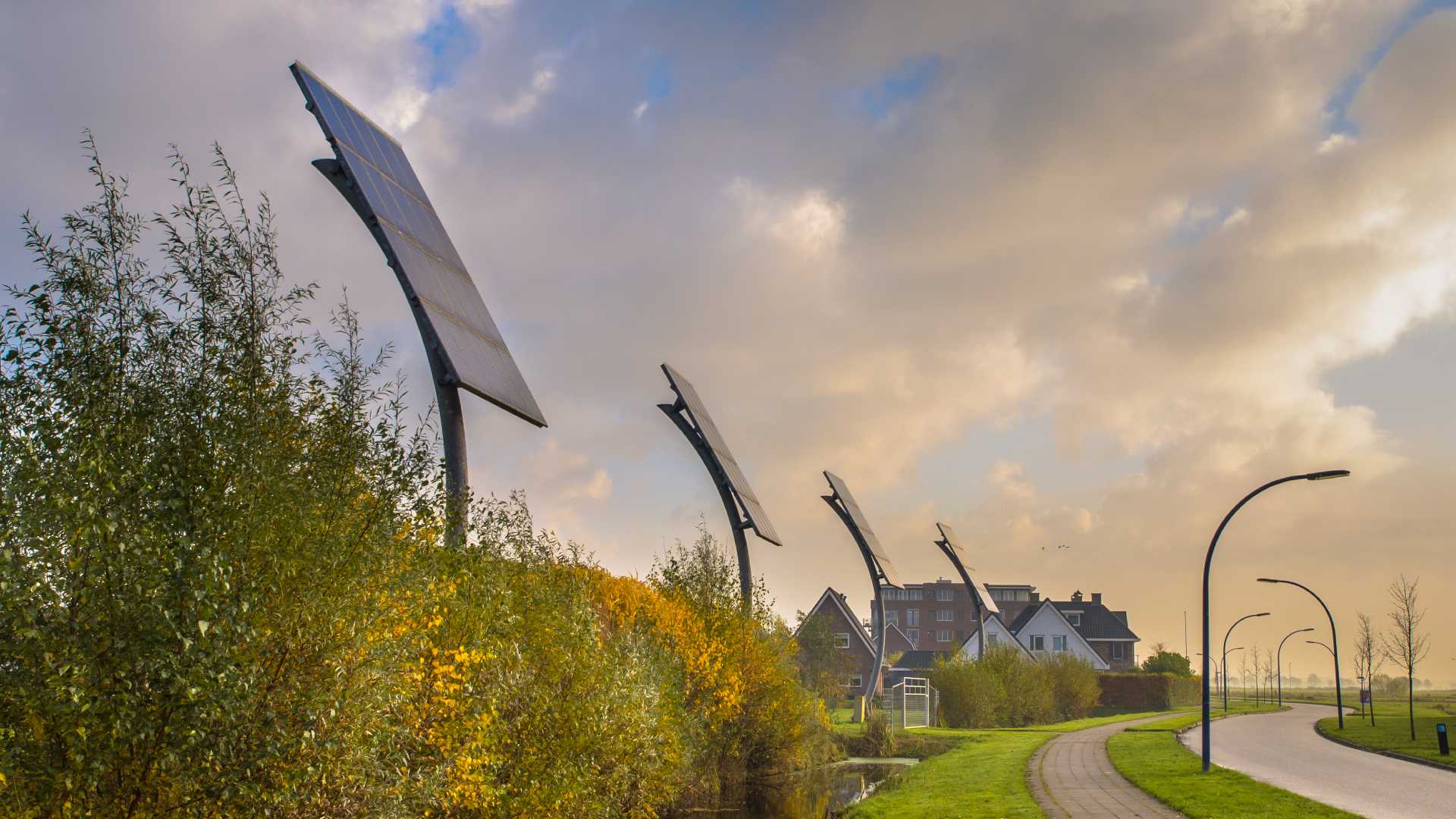Community Solar: Supporting Clean Energy Where Your Employees Live, Work, and Play

Community solar can be a strong option for energy customers – like companies from the commercial and industrial sector – that want to demonstrate a commitment to locally-sourced clean energy and sustainability but experience challenges with on-site installations.
Community-distributed generation, also known as shared solar or solar gardens, typically provides between 0.5 and 5 megawatts AC (MWac) of grid-connected energy production and offers energy customers a middle ground between small-scale installation and large utility-scale procurement.
Community solar projects expand access to clean energy and empower customers to rapidly deploy carbon-free energy. When an energy customer company subscribes to a set amount of electricity generated from a community solar project located in its utility service territory, it acts as a credit-worthy anchor tenant and can help developers secure financing that otherwise would not be available. The energy customer can then claim support of locally sourced clean energy and also receive bill credits for energy produced that can reduce the company’s total energy expenditure. While many companies are unable to retain renewable energy credits (RECs) from community solar project in certain locations, unbundled replacement RECs may be purchased to validate claims of operating off renewable energy without significant financial impact.
The exact rules around community solar participation vary by location, but projects are often legally required to provide at least 50% of their output to residential or small commercial customers. In many instances, the resulting energy is earmarked for low- to moderate-income residents who often shoulder a disproportionate share of the energy burden. This means that an energy customer that anchors a community solar project can achieve cost savings for the business, and help members of local communities reduce energy costs, too.
Why community solar and why now?
The community solar market is growing rapidly in part thanks to the potential increase of projects resulting from the December 2020 extension of the Investment Tax Credit for commercial projects that begin construction in 2021 and 2022. There are more opportunities to combine subscriptions to several different projects and increase the scale of clean energy procurement as more sites are developed. As the market for community solar expands, the widening geographic footprint gives energy customers more opportunities to support local projects and create economic growth for communities.
CEBA members interested in learning more about community solar can go to CEBA Interconnect to access our member-exclusive Community Solar Primer. Not a member? Learn more about CEBA membership options.
